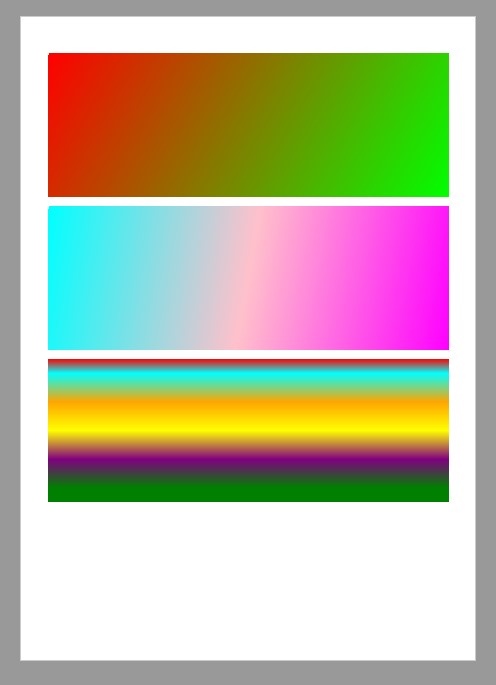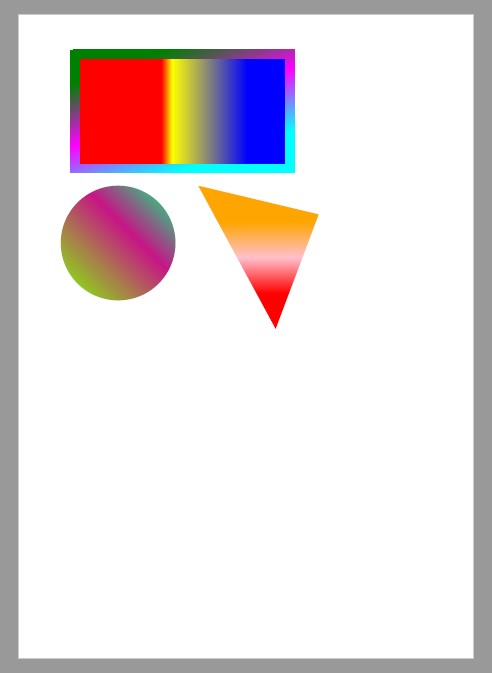pdfHTML: Support for linearGradient in CSS and SVG
Introduction
In pdfHTML 3.0.1 (as well as iText Core release 7.1.12) came support for the linearGradient attribute within SVG input as well as with CSS styling. In a related article we demonstrated how to use this functionality within the iText Core layout engine, while here we shows how it works when using pdfHTML.
Below are two quick examples which demonstrate this functionality.
CSS Example:
Link to HTML input for this PDF: linearGradient.html
Link to resultant PDF: CSSOutput.pdf
##GITHUB:https://github.com/calreynoldsitext/linearGradientSVGCSS/blob/master/basicHTMLPDF.java##
##GITHUB:https://github.com/calreynoldsitext/linearGradientSVGCSS/blob/master/CSStoPDF.cs##
This code yields the following resultant PDF (screenshot):

SVG Example:
Link to SVG input for this PDF: linearGradient.SVG
Link to resultant PDF: SVGOutput.pdf
##GITHUB:https://github.com/calreynoldsitext/linearGradientSVGCSS/blob/master/SVGtoPDF.java##
##GITHUB:https://github.com/calreynoldsitext/linearGradientSVGCSS/blob/master/linearGradientSVG.cs##
This code yields the following resultant PDF (screenshot):

